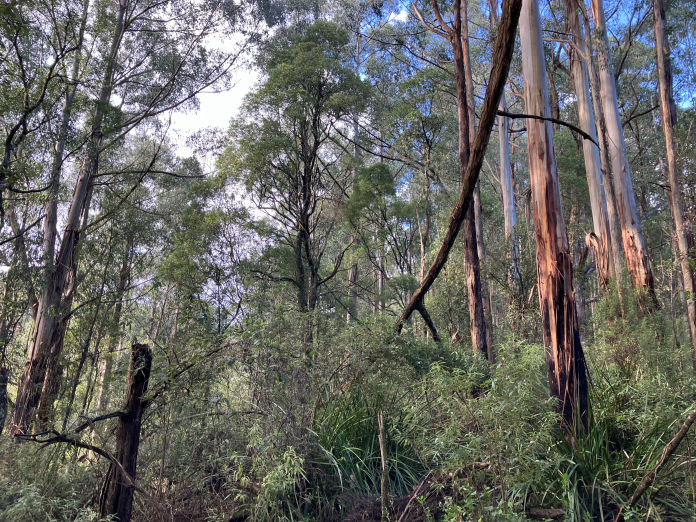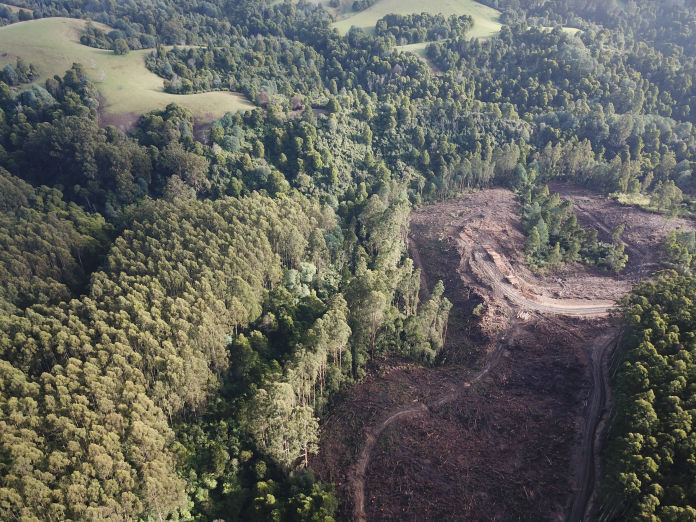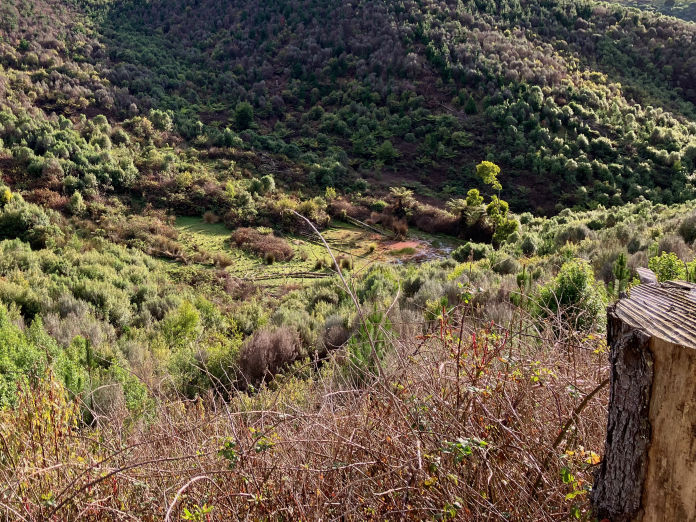References
Ashton, D.H. (1981). Fire in tall open-forests (wet sclerophyll forests). In Gill, A.M., Groves, R.H., & Noble, I.R. (Eds.), Fire and the Australian Biota. Australian Academy of Science.
Brennan, K.E.C., Moir, M.L., & Majer, J.D. (1999). Arthropods in plantation and native forests in south-western Australia. Forest Ecology and Management, 118(1), 21–40.
Brockerhoff, E.G., et al. (2008). Plantation forests and biodiversity: oxymoron or opportunity? Biodiversity and Conservation, 17, 925–951.
Calviño-Cancela, M., & van Etten, E.J.B. (2018). Invasive potential of Pinus radiata in Western Australia. Biological Invasions, 20, 2485–2500.
Cheney, N.P., & Sullivan, A.L. (2008). Grassfires: Fuel, Weather and Fire Behaviour (2nd ed.). CSIRO Publishing. DEPI (2013). Advisory List of Environmental Weeds in Victoria. Victorian Department of Environment and Primary Industries. DELWP (2015).
Action Statement: South Gippsland Spiny Crayfish. Department of Environment, Land, Water and Planning.
Gibbons, P., & Lindenmayer, D.B. (2002). Tree Hollows and Wildlife Conservation in Australia. CSIRO Publishing. Gould, J.S., Cruz, M.G., & McCaw, W.L. (2017). Using silvicultural management to reduce the impact of wildfire in pine plantations. CSIRO PyroPage, Issue 13.
Lindenmayer, D.B., Hobbs, R.J., Montague-Drake, R., et al. (2000). The ecology and management of plantations as wildlife habitat. Biological Conservation, 91(2), 155–165.
Mackey, B.G., Lindenmayer, D.B., Gill, A.M., McCarthy, M.A., & Lindesay, J.A. (2002). Wildlife, Fire and Future Climate: A Forest Ecosystem Analysis. CSIRO Publishing / WWF Australia.
Turpault, M.P., et al. (2010). Effects of tree species on soil nutrient cycling in European temperate forests. Soil Biology and Biochemistry, 42(9), 1428–1439.
Vertessy, R.A., Watson, F.G.R., & O’Sullivan, S.K. (2001). Factors determining relations between stand age and catchment water balance in mountain ash forests. Forest Ecology and Management, 143(1–3), 13–26.
Zhang, L., Dawes, W.R., & Walker, G.R. (2001). Response of mean annual evapotranspiration to vegetation changes at catchment scale. Water Resources Research, 37(3), 701–708.
David B Lindenmayer, Michael A McCarthy, The spatial distribution of non-native plant invaders in a pine–eucalypt landscape mosaic in south-eastern Australia, Biological Conservation,Volume 102, Issue 1,2001.
Advisory list of environmental weeds in Victoria M. White, D. Cheal, G.W. Carr, R. Adair, K. Blood and D. Meagher, (2018)
Baker Andrew C., Murray Brad R., Hose Grant C. (2007) Relating pine-litter intrusion to plant-community structure in native eucalypt woodland adjacent to Pinus radiata (Pinaceae) plantations. Australian Journal of Botany 55, 521-532.
Differential effects of forestry plantations on bird diversity: A global assessment. Gabriel J. Castaño-Villa
Castaño-Villa, GJ, Estevez, JG, Giovany, G, Bohada-Murillo, M, Fontúrbel, FE 2019 ‘Differential effects of forestry plantations on bird diversity: A global assessment’ in Forest Ecology and Management, vol 440 pp. 202-207.



